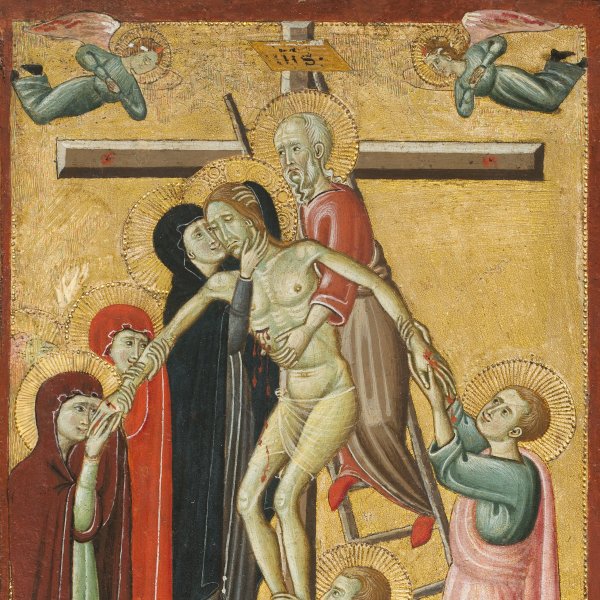Master of Forlì
This artist’s oeuvre was initially reconstructed by Richard Offner, who gave the artist the name of the Master of the Griggs Disrobing. Both Offner and Sandberg-Vavalà concluded that this artist was Bolognese. However Garrison identified three paintings in the Pinacoteca at Forlì as by his hand and concluded that the artist was from that city while also working in Ravenna and Ferrara and even Venice. The Master of Forlì’s style combined influences from Emilia-Romagna with Venetian ones and he may have trained in the workshop of an anonymous local artist of the late 13th century known as the Master of Faenza. His work reveals the influence of painters such as Giuliano and Pietro da Rimini while his approach to composition and iconography looks to Giotto, who was working in Rimini in the early 14th century. The Master of Forlì’s works are small, carefully painted panels intended for private devotion. They include The Burial of Christ and The Flagellation (The Metropolitan Museum of Art, New York), and The Death of the Virgin, a Crucifixion and Four Saints (Pinacoteca Comunale, Forlì). Garrison considered the Master of Forlì to be a markedly traditional artist but Sandberg-Vavalà and Pope Hennessy noted that his dependence on earlier tradition and slowness to absorb innovations had been exaggerated, and in fact that this painter was an important figure within Trecento painting produced in Emilia-Romagna.





